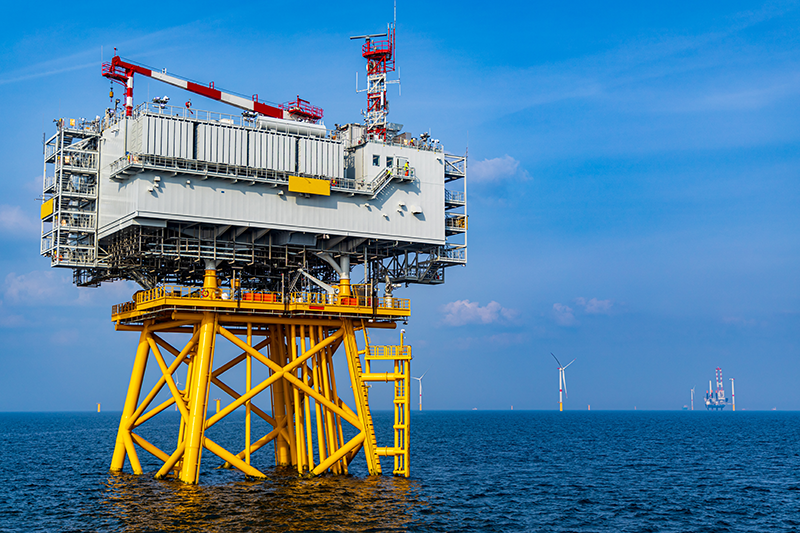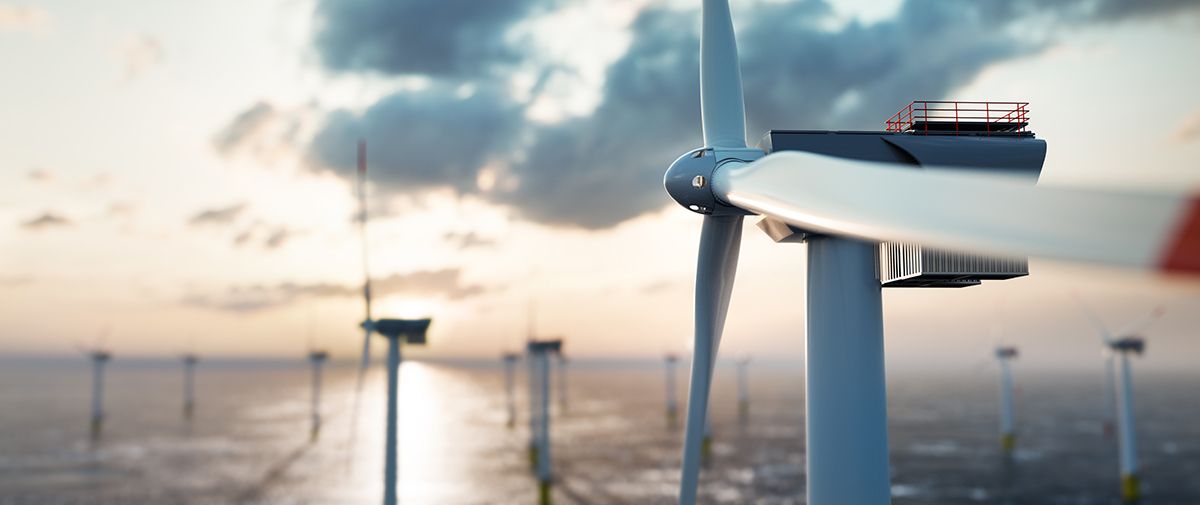The United States’ desire to meet ambitious climate goals, bolster energy security, and stimulate job creation is ramping up efforts to “onshore” clean technologies. Achieving these objectives requires developing robust domestic supply chains.
The Inflation Reduction Act (IRA), the Biden Administration’s landmark climate legislation, commits billions of dollars in grants, loans, and tax credits for clean energy projects that support U.S. climate goals which include the goal of carbon pollution-free electricity by 2035. Offshore wind is set to be a key part of the clean energy mix. The Administration aims to deploy 30 gigawatts of offshore wind by 2030, supporting 77,000 local jobs. That effort is already underway: in 2022, the United States auctioned off 971,000 acres for offshore wind projects.
To fully realize these ambitious climate and energy security goals—and capitalize on the related tax incentives—local stakeholders in the offshore wind sector will need to make significant inroads in the development of robust domestic supply chains. We recommend they focus on four priorities.

Apply Lessons Learned From the Oil and Gas Sector
For decades, the oil and gas industry has successfully developed strong relationships with local suppliers, motivated in part by the regulatory pressures of local content rules but also by the imperative to develop social licenses to operate, especially when entering new markets. These companies have met their regulatory obligations and de-risked their operations by encouraging strong local supply chains that spur local economic development. Offshore wind players should take a cue from the extractive playbook when entering new markets, starting by evaluating the industrial capacity of the local community, state, or region. Conducting these baseline assessments helps identify capacity gaps, enabling firms to create comprehensive plans to develop the local workforce and supply chain.
Facilitate Stakeholder Communication and Integration
Competition will be crucial in the race to develop offshore wind capacity, but so will collaboration. As U.S. states compete for investment in their offshore wind supply chains, particularly in their manufacturing capacity, they must ensure they coordinate to support common goods and avoid duplicating efforts. While individual states are interested in using offshore wind investments to advance their industrial base and workforce, they face internal challenges in the form of supply chain fragmentation between states and localities. The Federal-State Offshore Wind Implementation Partnership is one example of a coordinating body set up to discuss how mutual benefits can be assured. Stakeholder should participate in this and other working groups and dialogues to ensure they are moving forward efficiently to offshore wind deployment using U.S.-based supply chains.
Use Incentives to Kick-Start R&D
As offshore wind expands to new geographies around the U.S. coastline, it is likely to present distinct planning and development challenges, and potentially require novel technologies. Floating offshore wind technology, 15 GW of which the Biden Administration hopes to deploy by 2035, is a prime example. Expanding the centers of research, manufacturing, and testing to these environments will be necessary to support technical development and innovation. Incentives in the IRA and other regulations can be used to support this innovation, but the industry should support further research and development for the benefit of offshore wind writ large.
Develop Skills for the Long-Term
Achieving the Biden administration’s s goal of 30 gigawatts of offshore wind by 2030 requires the development of specialized workforce training programmes, particularly in manufacturing, equipment installation and maintenance, and logistics. The National Renewable Energy Laboratory (NREL) estimates that offshore wind requires between 15,000 and 58,000 full-time jobs annually between 2023 and 2030, a significant increase from less than 1,000 jobs in 2022. To meet the workforce demands, NREL recommends hiring workers from similar fields, including maritime and oil and gas. Adopting this strategy would support a just energy transition, as oil and gas likely face ongoing job losses linked to decarbonization plans. To promote sustainable skills development, stakeholders should work with training institutions to develop curriculums that address workforce demands in the short-, medium-, and long-term timeframes.






